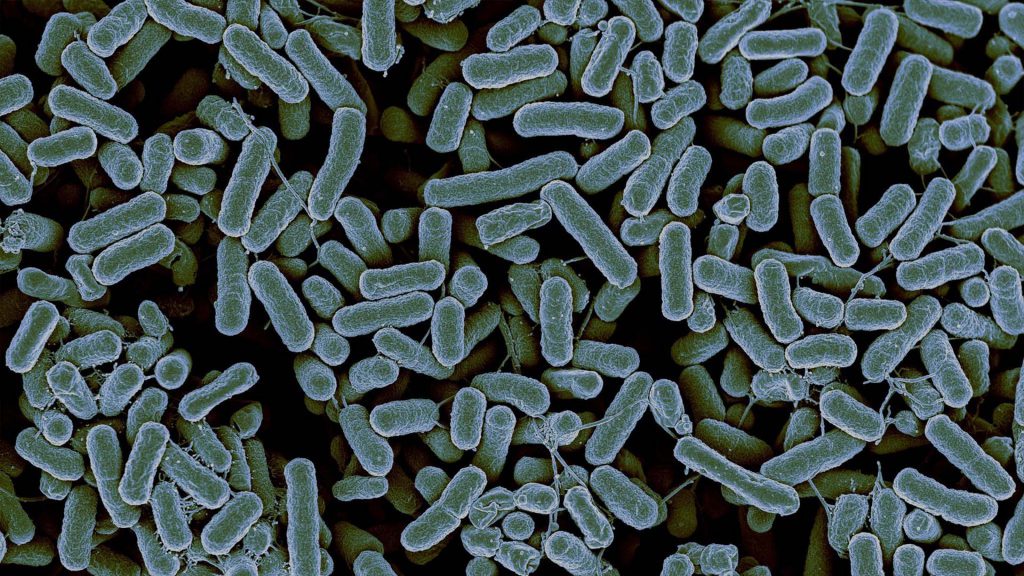Asthma is a chronic inflammatory disease characterized by recurrent respiratory symptoms such as breathlessness, cough, and wheezing as well as chest tightness. In normal conditions, the air is free to move within our lungs through a complex conductive system also called airways. In specific conditions and when asthmatic patient conditions are uncontrolled, the airways are more prone to inflammation,
triggering an asthma attack. As a consequence, several changes occur including bronchoconstriction, thickening of the internal mucosa, and plugging of small airways, which in turn make breathing more difficult. However, these clinical manifestations are basically reversible, although varying greatly over time or between patients. Generally, the asthmatic status tends to deteriorate during the night or the early hours of the morning. Although it is not possible to recover from asthma, optimal disease control is achievable, ensuring patients maintain an adequate quality of life. But what causes asthma? An asthmatic attack is triggered when a susceptible person encounters irritants. In particular, predisposing factors are genetic (which explains the greater incidence in those related to sufferers), the presence of allergies, female gender, obesity, and ethnic origin. At the same time, factors such as allergens, professional pollutants, tobacco smoke, environmental pollution, and airway infections may trigger an asthmatic attack if inhaled in significant quantities. Asthma occurs more frequently in children and adolescents, although in recent years diagnosis in adults and the elderly are becoming more and more frequent.2
Chronic Obstructive Pulmonary Diasease (COPD) at a Glance
COPD is a respiratory disease characterized by a persistent bronchial obstruction (irreversible), associated with an increased chronic inflammatory response of the airways to noxious particles or gas. The classic symptoms associated with COPD are dyspnea, chronic coughing, and chronic productive sputum. In some cases, an acute worsening of the abovementioned symptoms may occur, triggering COPD exacerbation. A double mechanism is at work in the bronchial obstruction in COPD patients: on one hand, an inflammation of the small airways together with the thickening of the airways walls and increased airflow resistance may occur, on the other, progressive destruction of lung parenchyma (emphysema) associated with the loss of elastic retraction of the lung may take place. It is important to underline that both mechanisms may coexist, leading to a global airflow reduction throughout the lungs. What are the main risk factors associated with COPD?
First of all, there are genetic risk factors that may predispose some subjects to developing the disease. The most important risk factor is cigarette smoke, as well as exposure to domestic pollutants (linked to the cooking of food or gas emitted from biofuel combustion) or environmental pollution. Secondary factors are age, sex, socio-economic status, respiratory infections, asthma, or chronic bronchitis. In general, COPD patients are more prone to developing cardiovascular diseases, osteoporosis, diabetes, lung cancer, and bronchiectasis, which in turn increase hospitalization and/or risk of death. Unlike asthma, COPD is a late-onset disease, being more common among adults (it does not exist among young patients), since its development involves a slow and progressive exposure to risk factors.


